3 Easy Tips to Read Food Labels like a Pro
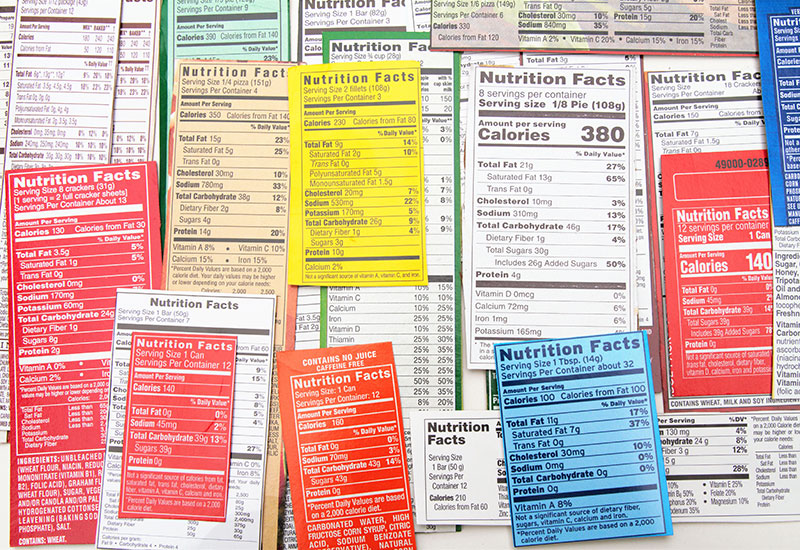
The following article was written by Heinen’s Chief Dietitian, Melanie Jatsek RD, LD.
After filling your cart with fresh fruits and veggies from Heinen’s Produce Department, the next best strategy to help you make healthier choices is learning how to decipher a food label.
With so much information plastered all over food packages, it can be difficult to determine what to pay attention to. Do calories matter? How about cholesterol? Should you be concerned with fat grams?
I’m going to make this easy for you with the three label-reading guidelines I personally use to determine whether a food goes into my cart or back on the shelf.
1. Look Beyond the Front of the Package
The front of a food package is like a giant billboard designed to sway you towards a purchase. For example, the word “natural” on a label means absolutely nothing, so please don’t be fooled. Mercury is a natural chemical element found in the earth’s crust, but you wouldn’t want to bottle it up and eat it.
Don’t get me wrong, some of the information on the front of packaged foods can be valuable. For example, Heinen’s new line of organic, raw, A2, 100% grass-fed cheeses is indeed all those things, but you’ll still want to check out the ingredients and Nutrition Facts panel to make sure it’s right for you.
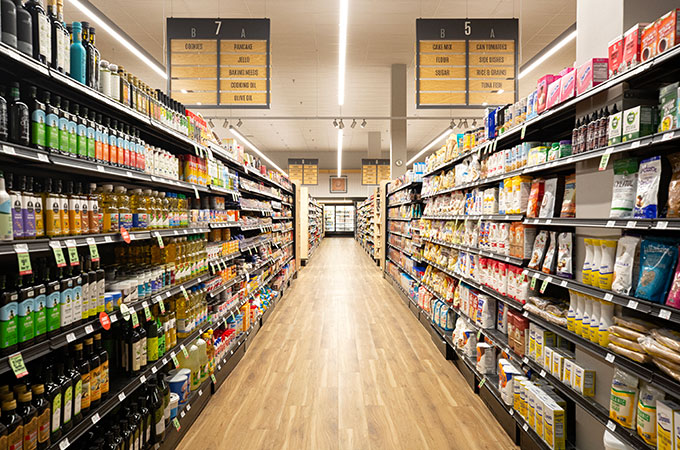
2. Scan The Ingredient List
Spin the package around and focus on the list of ingredients. Those used in the largest amount are listed first, followed in descending order by ingredients used in smaller amounts. A good rule is to choose foods with the least amount of ingredients—and more importantly—know what they are! Is the food loaded with added sugars, inflammatory fats and preservatives? Better yet, would your great grandmother recognize these ingredients?
I recommend avoiding the following ingredients and opting for the suggested swaps in their place.
- Artificial sweeteners
- Sugar alcohols
- High fructose corn syrup
- Inflammatory fats
- Artificial colors and preservatives
Found in flavored water, nutrition bars, yogurt, soda and many other foods, artificial sweeteners are labeled as acesulfame potassium, sucralose (Splenda), aspartame (Equal) and saccharin (Sweet-n-Low). These zero-calorie sweeteners can cause sugar cravings, increased hunger, elevated blood sugar, weight gain and can also destroy healthy gut bacteria.
Erythritol, xylitol and sorbitol are categorized as sugar alcohols—reduced-calorie sweeteners made from carbohydrates, not alcohol. They are found in certain brands of nutrition bars, cereals, candies, chewing gum and highly refined stevia and monk fruit products. Although they provide fewer calories than sugar, sugar alcohols can have a laxative-type effect, causing gas, bloating and diarrhea in certain people. I think this is the body’s way of telling you to stay away.
High fructose corn syrup (HFCS) is a highly processed sugar that can increase your risk of weight gain, diabetes, heart disease, abnormal cholesterol and fatty liver disease.
Choose products with more natural sweeteners like raw honey, pure maple syrup, molasses, dates, coconut sugar, coconut nectar, stevia, monk fruit, and allulose.
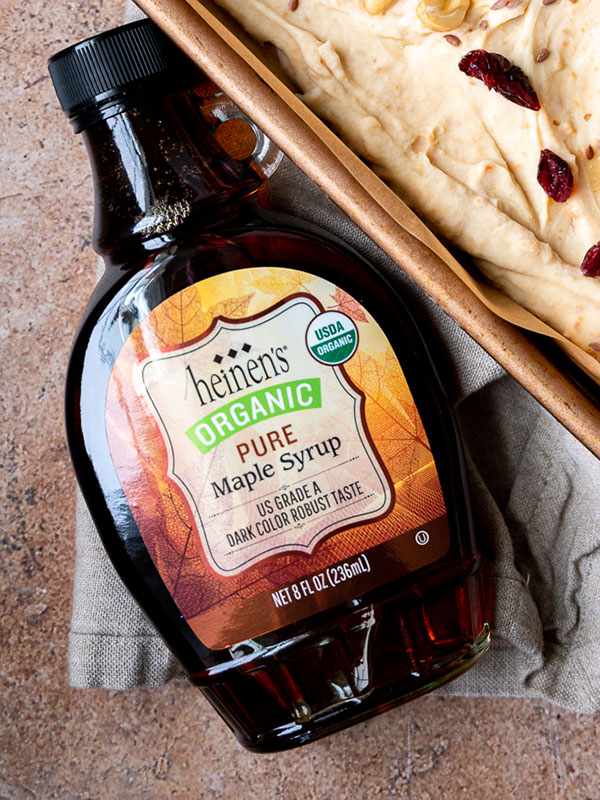
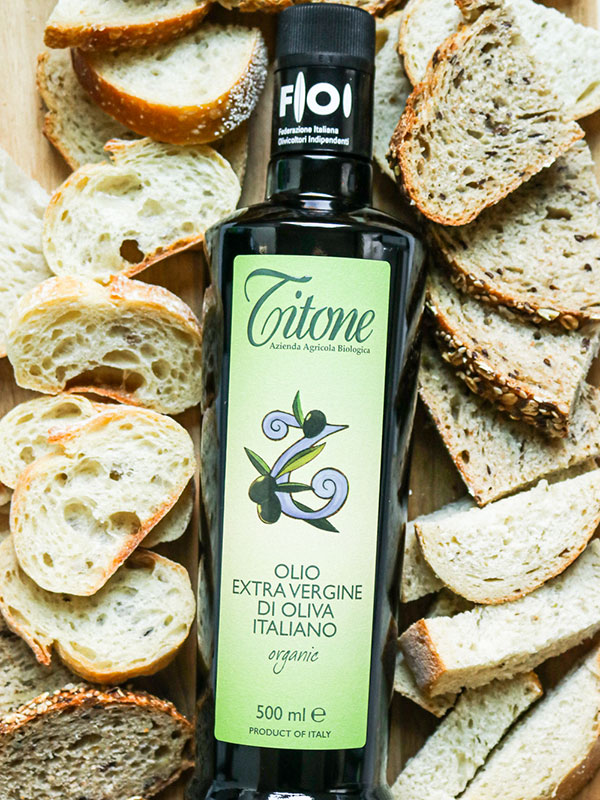
Inflammatory fats and oils like canola, vegetable, sunflower, safflower, corn, soybean, palm kernel, partially hydrogenated and hydrogenated oils contribute to inflammation in the body.
Look for products using healthier fats like olive oil, extra virgin olive oil, avocado oil, coconut oil, high oleic sunflower or safflower oil, coconut butter, flax seed oil, grass-fed butter/ghee and sustainably sourced palm oil.
Nitrites, nitrates, potassium bromate, BHA, BHT, MSG, Blue #1, Blue #2, Red #3, Red #40, Yellow #5 and Yellow #6 are only some of the many preservatives and coloring agents hiding out in packaged, processed food. Kick these ingredients to the curb; your body deserves better!
3. Aim for Certain Targets on the Nutrition Facts Panel
If the product passes the above ingredient test, move up to the Nutrition Facts panel and aim for these targets:
- Added Sugar: 10 grams or less of added sugar per serving. For optimal health, aim for 5 grams or less. Consider that the daily limit set by the American Heart Association is less than 25 grams of added sugar for women and less than 36 grams for men.
- Dietary Fiber: The more the better! Shoot for a minimum of three grams per serving, keeping in mind that the daily recommendation is 25-35 grams. Most people don’t get nearly that much, so be a trend-setter!
In addition to added sugar and fiber, there may be certain nutrient limits you need to consider depending on your personal dietary needs. Sodium and potassium are two examples.
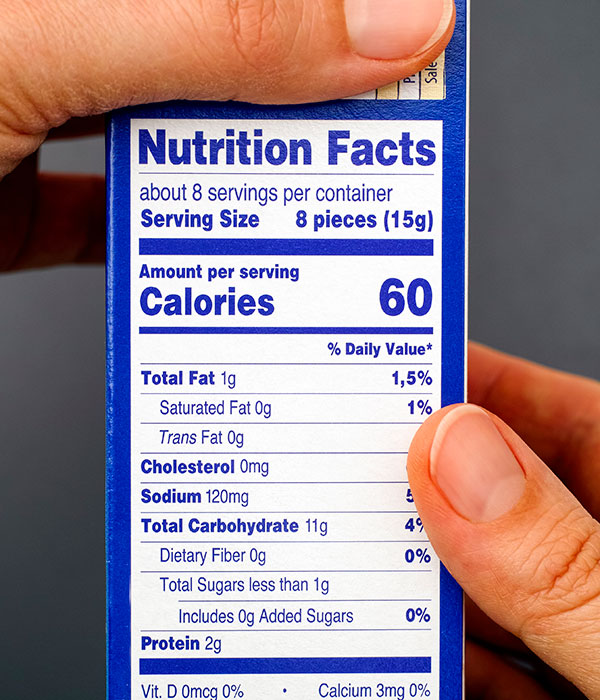
It’s also worth noting that the information in the Nutrition Facts panel is for the serving size listed. The “servings per container” tells you how many servings the package contains. Be careful because it’s easy to eat an entire package without realizing you just consumed three or four servings.
Key Takeaway
Remember, fresh produce requires no label because the food is the label. There’s nothing better than that! To help you navigate the other departments at Heinen’s, we’ve labeled products meeting the above criteria with “Club Fx-Approved” buttons. Learn more about these products and find the best foods, drinks, and supplements for your personal health goals by scheduling a free Club Fx Store Tour with your local Heinen’s Wellness Consultant.


